Russian Politicians Want To ‘Take Back’ Alaska, Which Seems Unwise
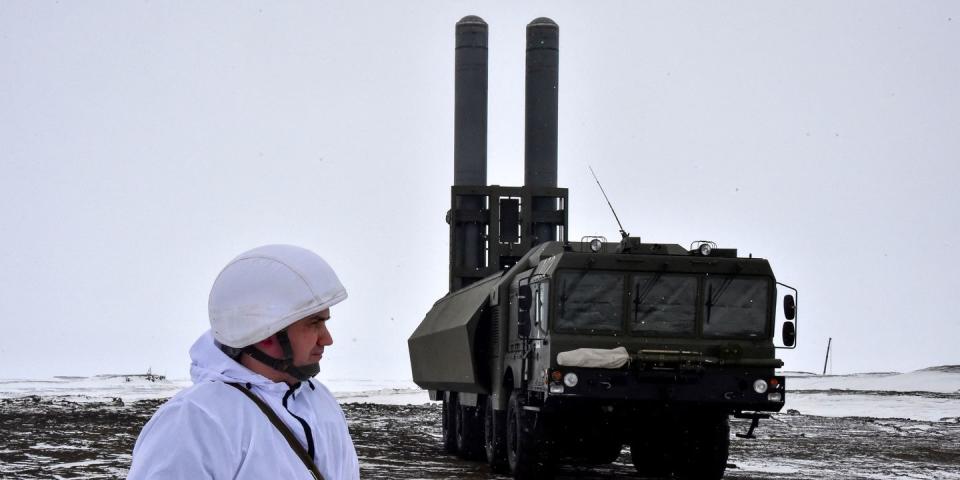
A prominent Russian politician has threatened to use force to take back Alaska from the United States.
Alaska was formerly a Russian territory; the U.S. purchased it in 1867.
Russia’s military, exposed as weak in Ukraine, could never hope to successfully capture Alaska.
A prominent ally of Russian President Vladimir Putin and member of Russia’s legislature threatened last week to invade Alaska and reclaim the former Russian territory. Vyacheslav Volodin said Russia could “take back” Alaska, the same language Moscow used to describe its invasion of Ukraine. Despite the bluster and Russia’s proximity to Alaska, Volodin’s threat is an utter fantasy, the incompetence of the Russian armed forces laid bare by the war in Ukraine.
🤡 Putin's golden cockerel Volodin tried to intimidate the United States by threatening a "special operation" in Alaska. pic.twitter.com/UZIWpEYOPn
— NEXTA (@nexta_tv) July 6, 2022
Volodin, the head of the lower house of Russia’s Duma, or state legislature, made the threat on Wednesday. “Let America always remember there’s a piece of territory, Alaska. When they try to manage our resources abroad, let them think before they act that we, too, have something to take back,” Volodin said during the most recent session of the Russian parliament, according to The Moscow Times. Volodin was referring to Russian assets overseas that the U.S. and other Western countries have either frozen or seized in response to the invasion of Ukraine. A billboard in the Siberian city of Krasnoyarsk, Russia also expressed a similar sentiment.
Russian explorers “discovered” Alaska in the 1600s as part of Moscow’s great eastern expansion. Russian settlers, mostly fur traders, were active in Alaska and as far south as Fort Ross, California. In 1867, the Russian government sold Alaska to the U.S. for the princely sum of $7.2 million. Originally derided as “Seward’s Folly” after the Secretary of State that negotiated the deal, the purchase was likely the best real estate deal in history. Russian influence on the West Coast waned after the purchase and gradually retreated to the Bering Strait. Alaska achieved statehood on January 3, 1959, making it the 49th state to join the Union.
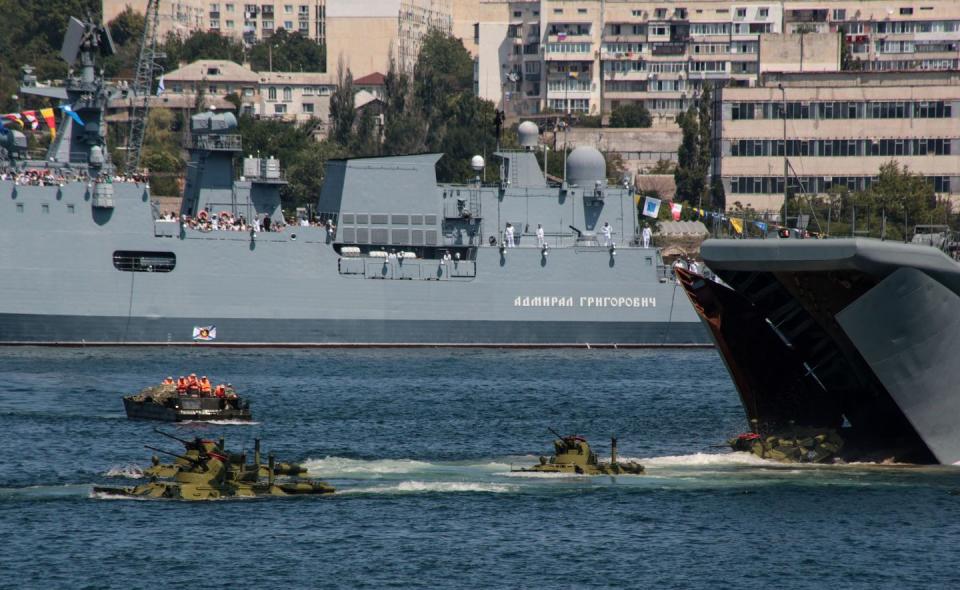
But could Russia really seize Alaska? The answer is a resounding no.
In recent years, Russia has made a big deal out of boosting its arctic forces, fortifying a chain of military bases north of the Arctic Circle. This includes expanded military facilities at Wrangel Island, just 300 miles from Alaska, newly-armed icebreakers with anti-ship missiles, the production of specialized arctic-capable air defense systems, and allotting part of its massive tank fleet to arctic operations.
Under normal circumstances, Russia has a minor power projection capability in its Eastern Military District. As of 2018, Russia had nine mechanized brigades in the district, which are tasked with keeping an eye not only on North Korea, but also on the vastly larger Chinese People’s Liberation Army. An unknown number of these forces, including the elite 40th and 155th Naval Infantry Brigades, were transferred west to participate in the invasion of Ukraine and suffered losses. Outnumbered even on their home soil, these units would likely struggle to send just one brigade of 4,000 troops across the Bering Strait.
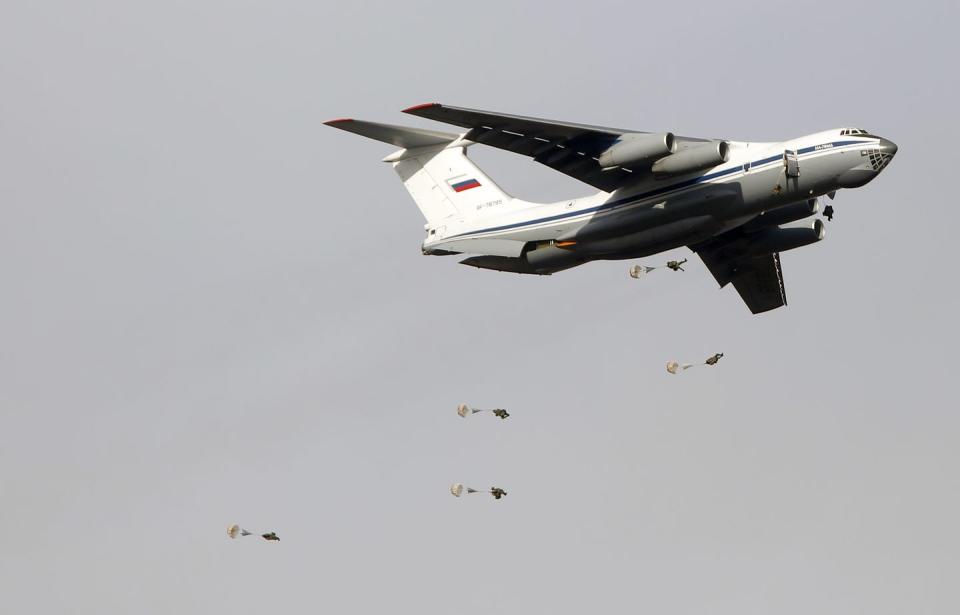
Russia’s airborne forces would also contribute, but similarly struggle. The Russian Airborne Troops, or Vozdushno-desantnye voyska Rossii (VDV), took heavy losses in the invasion of Ukraine. Russia would likely struggle to patch together just one brigade of 2,000 troops.
Transportation for an invasion force hardly fares any better. The Russian Pacific Fleet has just four aging troop transports—all dating back to the 1980s or earlier—to move ground forces across the Bering Strait. The four ships could at best transport one brigade, several thousand ground troops making a perilous trip across the North Pacific in elderly ships. Russia’s airlift force of Ilyushin Il-76 transport planes could ferry the paratroopers, dropping them on key military targets.
Let’s assume that in the best-case scenario for Russia, everything goes Moscow’s way. Russia would send a force of 6,000 combat troops to repossess Alaska. We can also assume that Russia would muster a similar amount of air power, though the war in Ukraine depleted its stocks of precision-guided missiles and is drawing away the attention of its bomber force. The Pacific Fleet flagship, the 40-year-old guided-missile cruiser, Varyag, would return from its deployment in the Black Sea and would be able to sail with a destroyer escort and a small flotilla of missile corvettes.
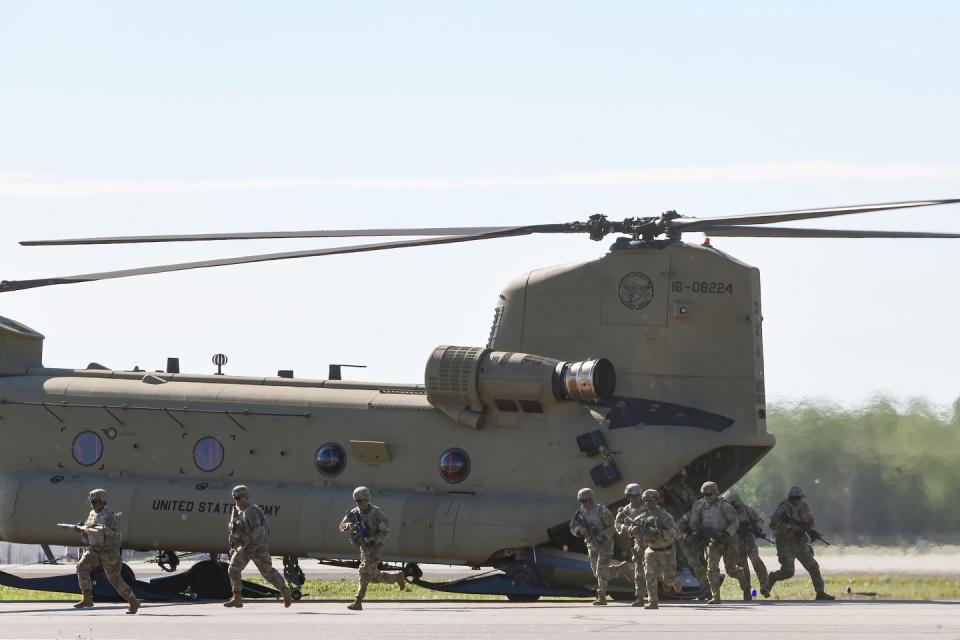
Russia’s invasion force would quickly run into a high-tech buzzsaw. The United States military in Alaska would be formidable even without reinforcements from any other state. The U.S. Army’s brand-new 11th Airborne Division is stationed in Alaska, and although not fully fitted out, its two available combat brigades have considerable striking power—and the ability to rapidly deploy by aircraft and helicopter.
The U.S. Air Force stations only its best fighters in Alaska, a mixed force of 36 F-22A Raptors and 54 F-35 Joint Strike Fighters. All are fifth-generation fighters, the most advanced in the world, with the benefit of stealth, the ability to cruise above Mach 1 without the use of afterburners, and advanced radar and electro-optical sensors. The fighter force would easily overpower Russian fighters, bombers, and transports, and then go on to sink the aging Russian battle fleet. (The U.S. Navy doesn’t maintain a permanent presence in ships in Alaska, but the California-based Third Fleet is only a few days’ sailing time away.)
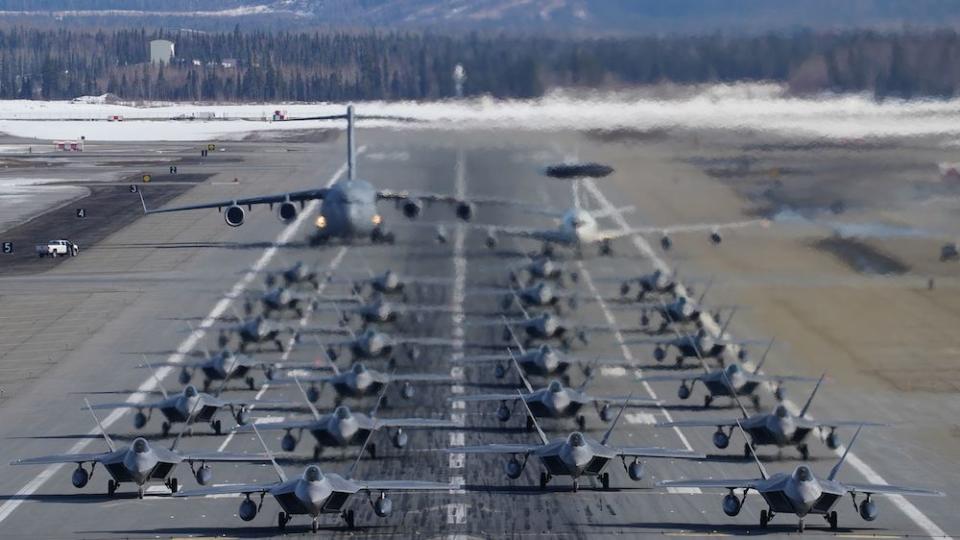
Without a necessary three-to-one advantage in ground combat power, Russia’s invasion force would be quickly bottled up and destroyed. Paratroopers would go down in flames with their transport planes, shot down by F-22 Raptors their Russian pilots never saw. Russia’s warships, lacking advanced radar and surface-to-air missile systems, would be methodically hunted and sunk by F-35 fighters. Russia’s defeat in Alaska would be as humiliating as its attack on Ukraine, occurring in only a fraction the time.
Alaska, at 655,000 square miles, is nearly three times as large as Ukraine. Although the two are apples and oranges, there is no conceivable scenario where Russia could “take back” Alaska. If Russia cannot take Ukraine, it certainly could not take Alaska. Russian threats to Alaska are hollow, made by what recent events have confirmed is a hollow military power.
You Might Also Like
